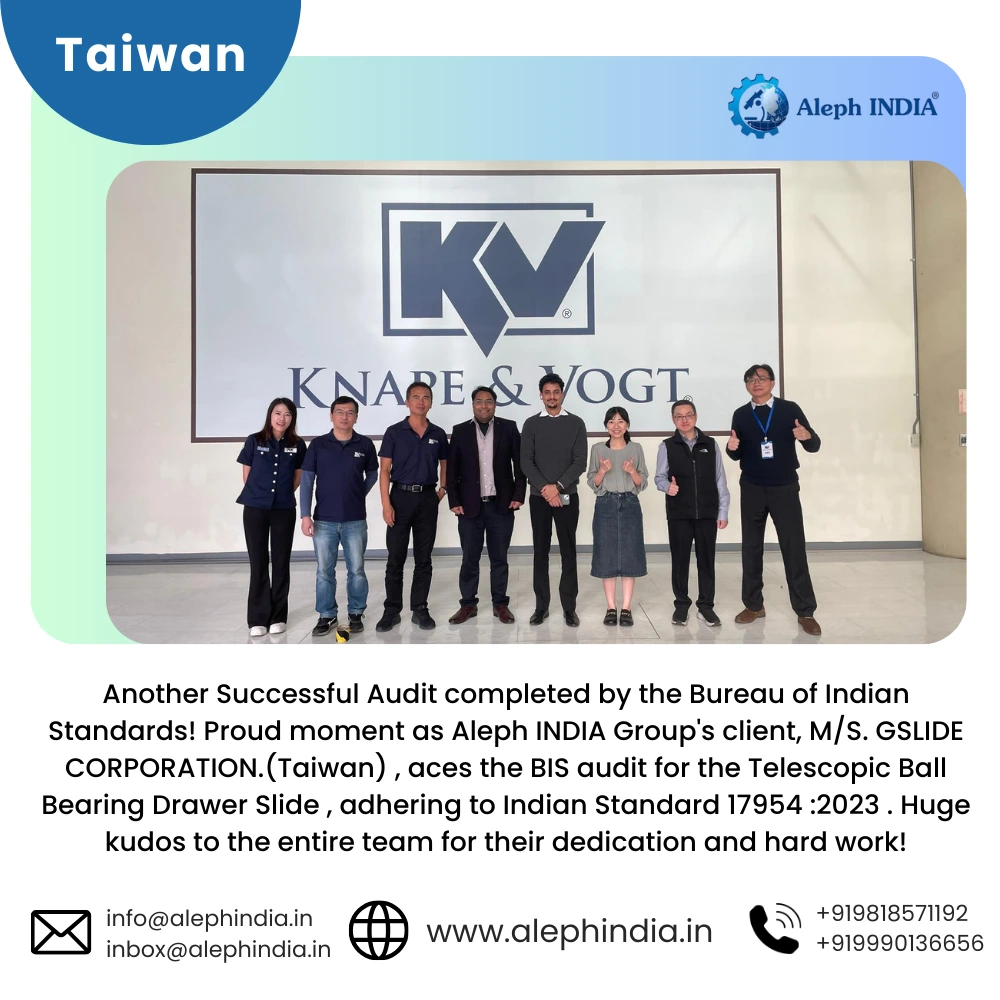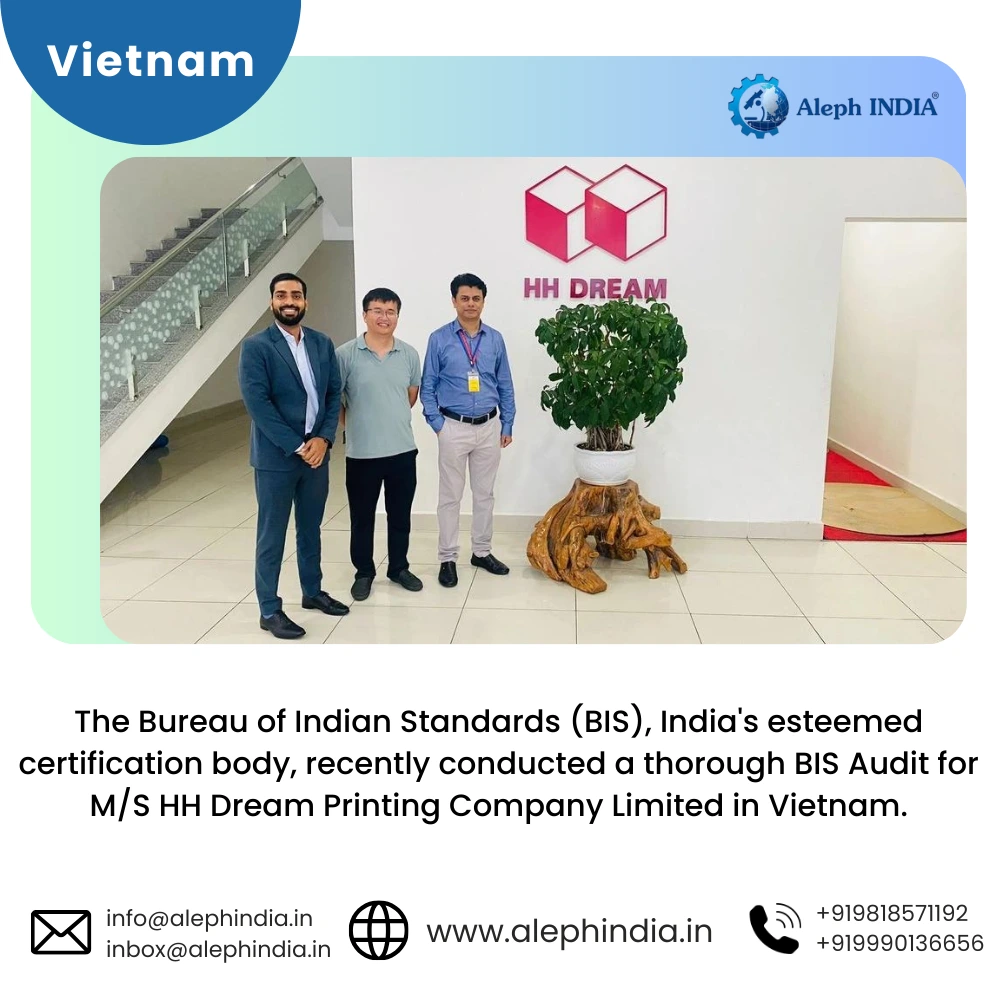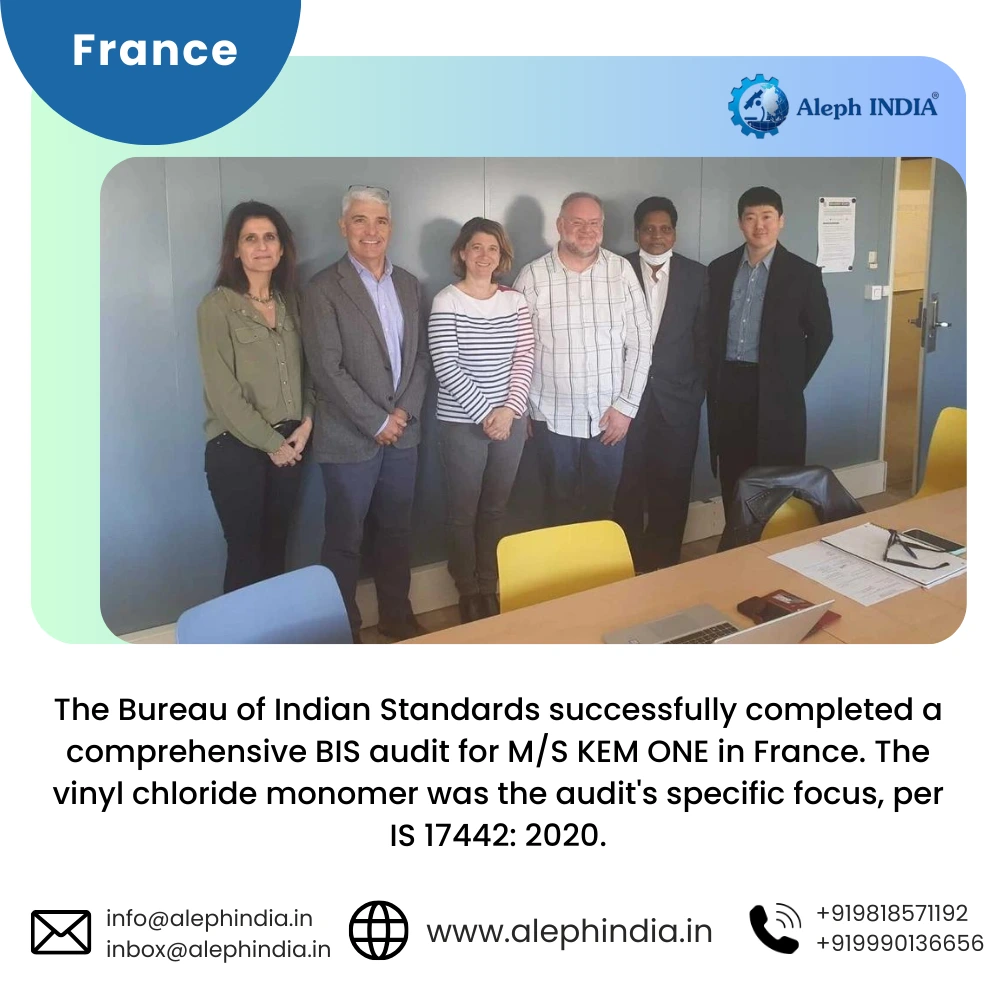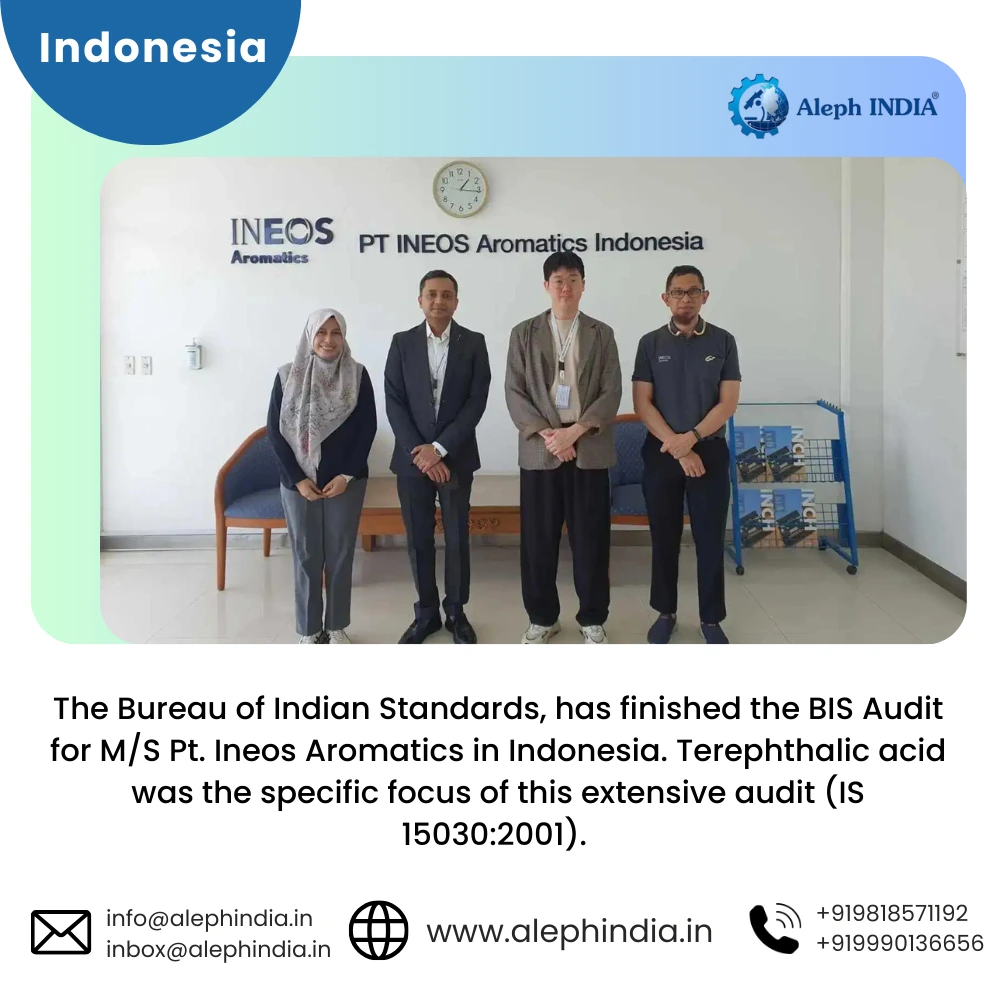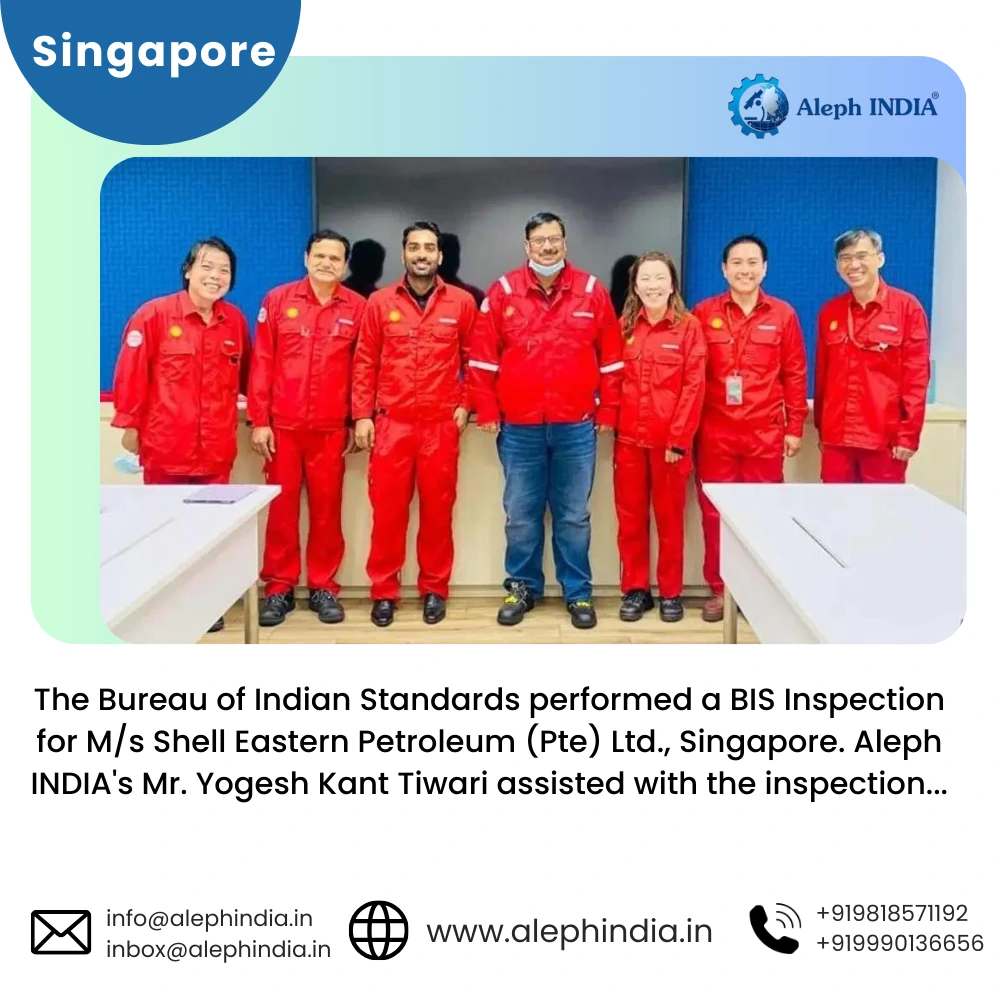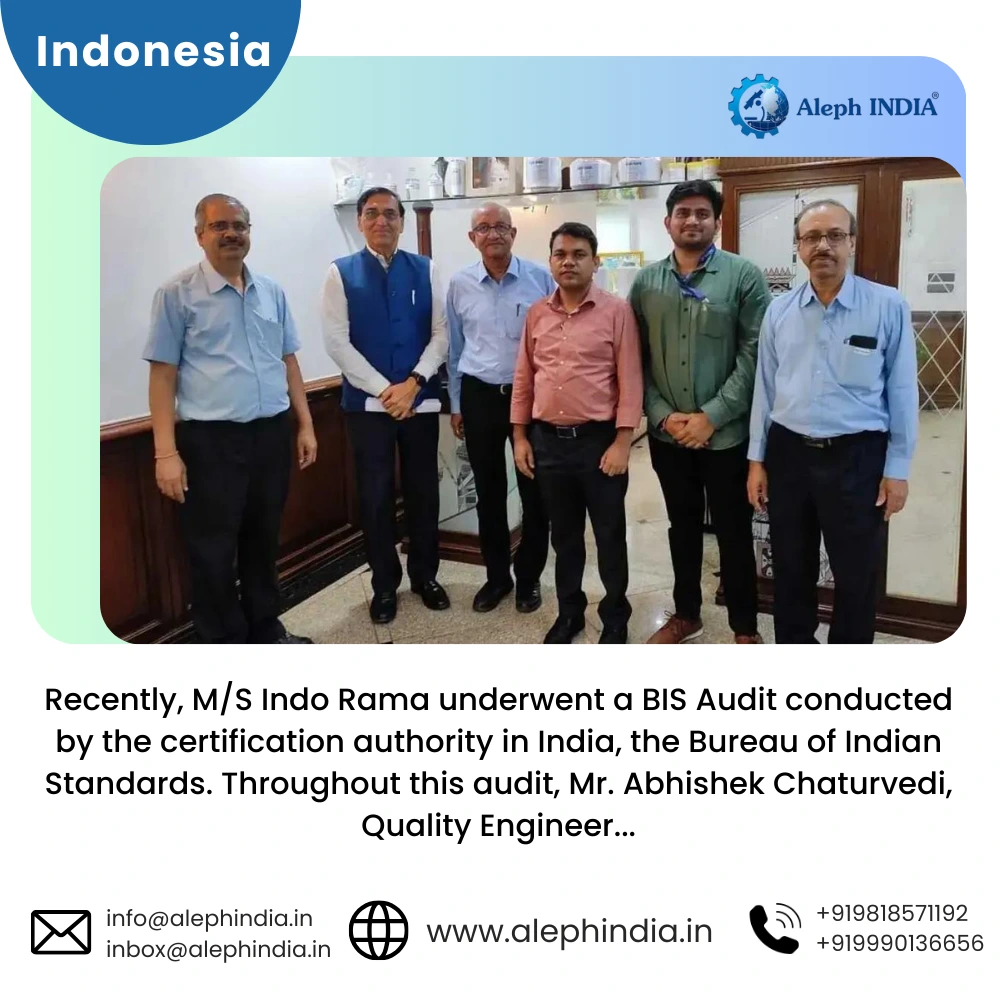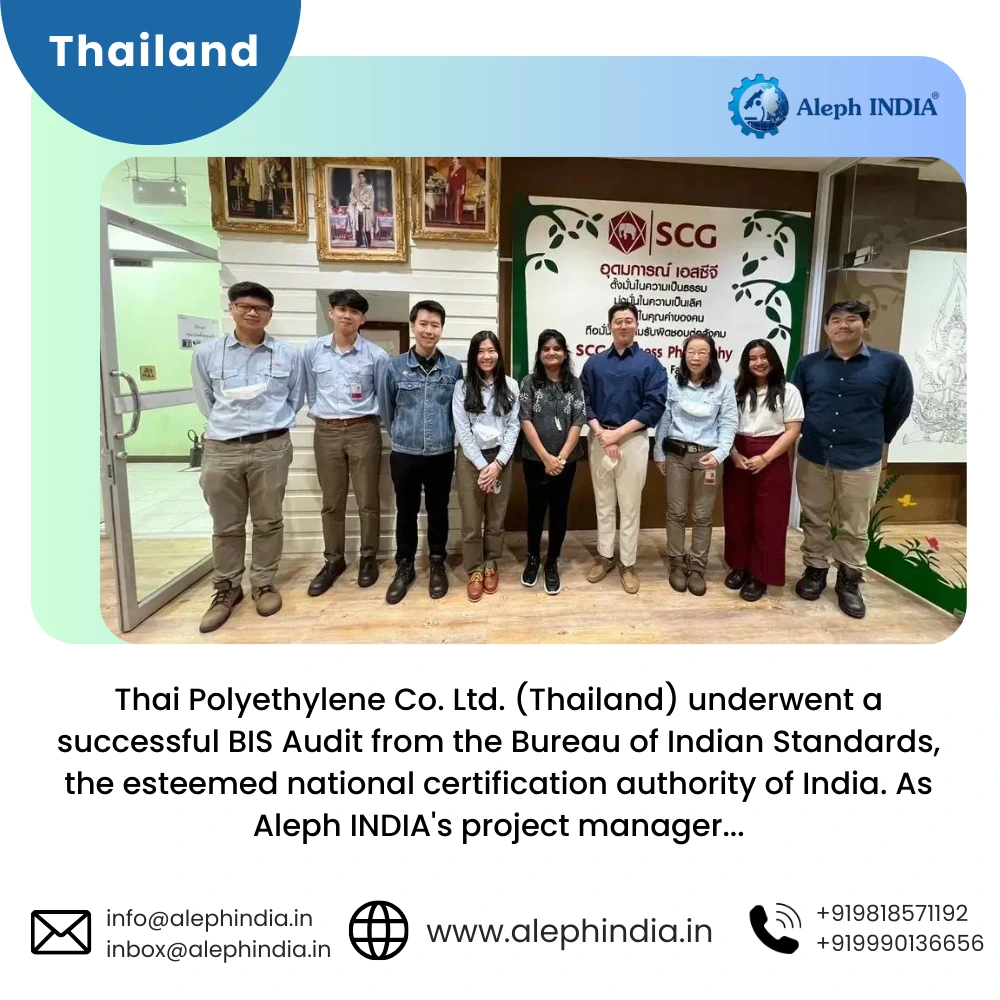BIS CERTIFICATION FOR RUBBER HAWAI CHAPPAL
IS 10702:1992
In this competitive scenario, it isn't easy to survive in the market without a standard quality and certified product. BIS license may also be required to sell products in the Indian market.
To get BIS certification and produce a standard quality product, the manufacturer must ensure that their product must follow the specified Indian standard.
Let's take a closer look at IS 10702:1992 for Rubber Hawai Chappal.
Rubber Hawai Chappals are covered under IS 10702:1992. BIS adopted this Indian standard after the draft finalized by the footwear sectional committee had been approved by the chemical division council.
This standard specifies the requirements and sampling and testing methods for rubber Hawai Chappal for general use. This standard has been prepared to help manufacturers in maintaining product quality. In India, the rubber Hawai chappal, which serves as light-duty footwear for general use, is very popular.
Rubber Hawai Chappals are classified into two types based on the design of the sole.
- Type 1: Rubber Hawai Chappal with a uniform sole thickness
- Type 2: Rubber Hawai Chappal with taper sole design
Rubber Hawai Chappal of both types must be made from natural or synthetic rubbers or a combination of the two. The material compound must be vulcanized, homogeneous, and free of sulphur bloom. The die marking must be neat and clean, and the surface must have a good finish that is free of blisters, cavities, collapses, and blemishes. The design, shape, colour, and surface of the component sheets shall be as agreed upon by the purchaser and the manufacturer.
For all sizes, the minimum uniform thickness of the sole of a type 1 rubber hawai chappal shall be 15.0 mm. The minimum thicknesses of the sole of a type 2 rubber hawai chappal at the toe and heel for various size ranges shall be as specified in the standard. The bottom material and strap for both types of rubber Hawai chappals must also meet the requirements specified in the standard
Tests
The following test shall be carried out for rubber Hawai chappal.
- Relative density test
- Hardness test
- Split tear strength test
- Shrinkage test
- Braking strength test
A laboratory shall be adequately maintained, in which the various tests shall be carried out according to the methods specified in the standard.
The outer waist of the sole and the inner face of the straps of a rubber Hawai chappal shall be marked with the following information as specified in the standard:
- Size and type
- Source of the manufacturer
- Batch number
- Date of manufacture
The rubber Hawai chappal may also be marked with the ISI certification mark, and packaging and marking must be done as per the standards. The Manufacturer must obtain a BIS license from the Bureau of Indian Standards to use a standard mark (ISI Mark). The BIS grants a license based on a successful assessment of manufacturing infrastructure, quality control and testing capabilities, and production process.

NOTE:
For Detailed Information about the Procedure for BIS ISI Certification,
Visit :
ISI Mark Certification for Domestic ManufacturersISI Mark Certification for Foreign Manufacturers
Conclusion:
If a product falls under the scope of the BIS Conformity Assessment Scheme, All the manufacturers, importers, and foreign entities must obtain BIS ISI Certification. The Bureau may cancel the License if the product fails to meet certification requirements.
Aleph INDIA has been serving the industry as a single-window operator for all product regulatory compliance. We can assist importers or manufacturers in meeting all criteria for importing or selling a product in the Indian market.
International Audits & Participation
Testimonials
BIS REGISTRATION FOR ELECTRONIC & IT PRODUCT
In the era of globalization, world trade is growing rapidly and henceforth, Manufacturing and Import/Export businesses are also growing drastically...View More
BIS CERTIFICATE FOR FOREIGN MANUFACTURER
The Economy of India-the fastest developing economy on the globe with the capabilities that help it matches up with the biggest international...View More
PRODUCT CERTIFICATION SCHEME (ISI MARK) FOR DOMESTIC MANUFACTURERS
Anything a person buys from food to cars, clothes to electronics, branded to unnamed products there is always a question that wanders in one’s...View More
WIRELESS PLANNING AND COORDINATION (WPC)
WPC: Wireless means communication done from one point to another point without the wires and cables. Electromagnetic waves carry the ...View More
BUREAU OF ENERGY EFFICIENCY (BEE) CERTIFICATE
BEE CERTIFICATE: Energy is the future, and its conservation is the way of the bright future. Everyone claims the environment is important...View More
E-WASTE MANAGEMENT
E-waste is one of the world's fastest-growing trash streams. We currently manufacture almost 50 million tones of it each year...View More
Request a call back.
Would you like to speak to one of our Senior Technical advisers over the phone? Just submit your details and we’ll be in touch shortly. You can also email us if you would prefer.
BIS REGISTRATION FOR ELECTRONIC & IT PRODUCT
In the era of globalization, world trade is growing rapidly and henceforth, Manufacturing and Import/Export businesses are also growing drastically...View More
BIS CERTIFICATE FOR FOREIGN MANUFACTURER
The Economy of India-the fastest developing economy on the globe with the capabilities that help it matches up with the biggest international...View More
PRODUCT CERTIFICATION SCHEME (ISI MARK) FOR DOMESTIC MANUFACTURERS
Anything a person buys from food to cars, clothes to electronics, branded to unnamed products there is always a question that wanders in one’s...View More
WIRELESS PLANNING AND COORDINATION (WPC)
WPC: Wireless means communication done from one point to another point without the wires and cables. Electromagnetic waves carry the ...View More
BUREAU OF ENERGY EFFICIENCY (BEE) CERTIFICATE
BEE CERTIFICATE: Energy is the future, and its conservation is the way of the bright future. Everyone claims the environment is important...View More
E-WASTE MANAGEMENT
E-waste is one of the world's fastest-growing trash streams. We currently manufacture almost 50 million tones of it each year...View More
View All Services
Request a call back.
Would you like to speak to one of our Senior Technical advisers over the phone? Just submit your details and we’ll be in touch shortly. You can also email us if you would prefer.




